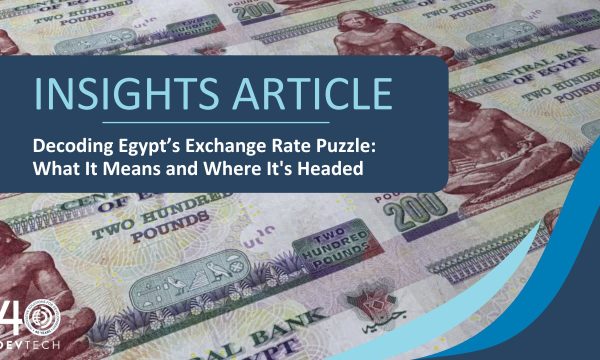DevTech Practice Area:
Services provided:
Data Visualization • Data Analysis • Capacity Building
Thematic Area(s):
Cross-cutting
Data for the Indo-Pacific (DIP) is a data visualization platform run by the State Department’s East Asia and Pacific (EAP) Bureau that supports the implementation of the Indo-Pacific Strategy (IPS) by providing diplomats, senior policy makers and program managers critical information about what is happening in the region. The platform combines open-source datasets from NGOs, academic institutions, private sector entities, and U.S. government sources to produce original data visualizations.
Project Objectives
Between 2019 and 2021, DevTech implemented EAP’s DIP 2.0 project. The objective of DIP 2.0 was to augment the existing DIP project and strengthen the capacity of EAP and others to examine trends in the Indo-Pacific region in support of the IPS and to monitor foreign assistance efforts.
Specifically, in addition to maintaining dashboards produced under DIP 1.0 and responding to on-demand requests for data visualizations from EAP stakeholders, DevTech was tasked with producing a set of dashboards focused on assessing activities related to the IPS.
- I wanted to thank you, once more, for all of the great work you've done on this contract for DIP. Your work has really elevated the tool, increased stakeholder buy-in, and demonstrated some great use cases for data-informed messaging and policymaking. We are very proud of how much the platform has developed in the past 9 months.
— State Department Technical Rep
Our Approach and Achievements
As part of the DIP 2.0 project, DevTech updated five existing DIP dashboards. The team enhanced the quality of the underlying dashboard data by correcting data errors and replacing key data sources with more reliable and relevant options. Through DIP 2.0 DevTech also strengthened the existing dashboards’ analytic power and user interface, updating disaggregation options and improving layouts. The team further improved dashboard availability by making them openly available to all DoS users on their internal data visualization platform DosViz—prior to this, viewers were required to request access to view the dashboards, delaying access and limiting dashboard use. According to EAP users, the work undertaken by DevTech to update existing DIP dashboards greatly enhanced their usability.
DevTech also produced four new DIP dashboards focusing on such key strategic topics as diplomatic engagement, regional multilateral organizations, cultural exchange, and foreign assistance donor footprints in the Indo-Pacific region. For the new dashboards the team worked closely with relevant stakeholders through 13 key informant interviews and six focus group discussions to strategize about the type of content and visualizations required to best answer the programmatic questions at hand.
The final dashboards that DevTech delivered to the EAP were extremely comprehensive and allowed users to engage with data through a variety of filters and analytical tools. For example, the Donor Footprint dashboard included twelve pages and allowed users to explore information by donor, recipient country, and programmatic sector. Users were also able to do side-by-side comparisons of funding and review funding trends over time. The new DIP dashboards produced by DevTech received very positive reviews from EAP users, particularly regarding usability and effectiveness in facilitating access to important information.
To ensure data maintenance and sustainability for all dashboards created or maintained as part of the DIP project, DevTech created a data and Tableau maintenance plan that included the development of data source methodologies and read-me files for processing each of the datasets. DevTech’s DIP team automated the data refresh process by writing code in R allowing for the latest data to be pulled to feed the dashboards with minimal to no manual data entry. Additionally, DevTech developed a feedback form for the dashboards to allow users to flag data errors or recommend dashboard improvements.
During the DIP 2.0 project, DevTech also created 11 stand-alone visualizations in response to ad-hoc requests. The ad-hoc request system was designed to provide EAP access to data visualization and infographic design experts for their individual needs. The completed ad hoc requests included data visualizations to support presentations to senior-level diplomats, supplement annual reporting, facilitate bilateral and multi-lateral diplomatic strategies with regional allies, and provide key contextual information for high-level officials visiting embassies.







